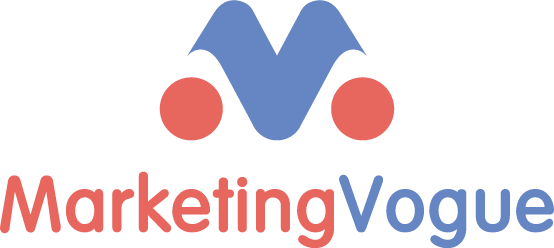Leveraging Technology, Training, and Intent to Maximize Sales Results
In today’s fast-evolving B2B landscape, sales teams have access to a vast array of tools and technologies designed to boost efficiency and drive better results. However, with so many options available, it’s easy to get overwhelmed by the abundance of solutions on the market. The key to success lies in focusing on the right technologies that align with your goals, rather than accumulating tools without a clear strategy.
Today’s buyers are more informed than ever before, thanks to easy access to information online. As a result, they expect highly personalized and seamless buying experiences. At the same time, the sheer volume of data available to sales teams has increased dramatically, making it difficult to manually process and extract actionable insights. This is where advanced sales technologies, powered by machine learning and intelligent algorithms, come into play. They help teams sift through vast amounts of data, providing key insights that drive data-informed decisions and personalized customer interactions.
However, investing in new technologies alone isn’t enough to guarantee success. These tools must be paired with relevant, actionable data and a strong sales training program to truly make an impact. In this post, we’ll explore how to use technology, training, and data to drive sales performance and highlight the growing role of customer intent in shaping sales strategies.
Setting Clear Goals for Sales Technology Investments
With so many SalesTech options available, it’s easy for businesses to fall into the trap of “tool overload.” Before implementing any new tools or technologies, it’s essential to revisit the fundamentals of your go-to-market (GTM) strategy. For early and mid-stage companies, it’s common to look for quick fixes in the form of new technologies, but without a solid understanding of your ideal customer profile (ICP), value proposition, and sales processes, no tool will help you achieve your objectives.
Many organizations also fall victim to “tool creep”—the gradual accumulation of too many tools without a clear strategy. While these tools are often adopted to increase productivity and efficiency, if they are not aligned with the team’s goals and workflows, they can lead to confusion, inefficiency, and wasted resources. Sellers may become overwhelmed with the sheer number of tools at their disposal, which can fragment workflows and hinder collaboration. To avoid this, it’s important to choose tools that are strategically aligned with your objectives and ensure they integrate seamlessly into your existing processes.
Building a Strong Sales Training and Enablement Program
While the right tools are essential, training and sales enablement are just as critical. A strong training program ensures that your sales team has the resources, knowledge, and skills they need to effectively engage prospects, address pain points, and close deals more efficiently.
One effective way to build a successful sales enablement program is by mirroring the way your sales teams engage customers. Adopt an omnichannel approach to enable learning across various platforms that suit different teams’ preferences. At our organization, we use a learning management system (LMS) to provide self-guided training, and leverage call recording software to promote knowledge sharing. This helps standardize messaging, offer real-world examples, and allows sales managers to listen in on actual sales conversations, coaching reps based on real scenarios.
A successful enablement program doesn’t end with the onboarding process—it must continuously evolve to keep pace with new tools, processes, and customer needs. Dedicated resources should be in place to ensure that your training materials and methods stay relevant and impactful, ultimately helping your sales team to stay sharp and agile in a competitive market.
The Growing Importance of Relevant Data and Intent
While technology and training are critical, the true key to unlocking sales success lies in a deep understanding of your customers. This is where intent data comes into play. Intent data provides crucial insights into customer behavior, preferences, and pain points, allowing sales teams to engage with prospects in a more personalized and targeted way.
By tapping into intent data, sales professionals can have more meaningful conversations with prospects, addressing their specific needs and offering solutions that resonate. Intent data also allows sales teams to prioritize leads based on their readiness to buy, so they can focus their efforts on high-value opportunities and improve conversion rates.
As the buying process becomes increasingly complex, with more stakeholders involved from various departments, it’s essential to use accurate and up-to-date intent data to identify who within an organization is researching your solutions. This enables sales teams to engage with the right people at the right time, regardless of their title or department.
Maximizing Sales Results in a Changing Marketplace
To keep up with the evolving demands of today’s buyers, businesses must leverage technology effectively, invest in ongoing training, and harness the power of intent data. A well-defined strategy that aligns tools, data, and training with organizational goals will ensure that sales teams are equipped to drive revenue growth and provide personalized experiences that resonate with buyers.
As companies continue to adopt new technologies and data sources, it’s essential to do so strategically. The goal should be to enhance the sales team’s ability to engage with customers meaningfully, optimize workflows, and maximize ROI from SalesTech investments. By focusing on the right tools, the right training, and the right data, sales teams can thrive in a competitive landscape and deliver exceptional results.


